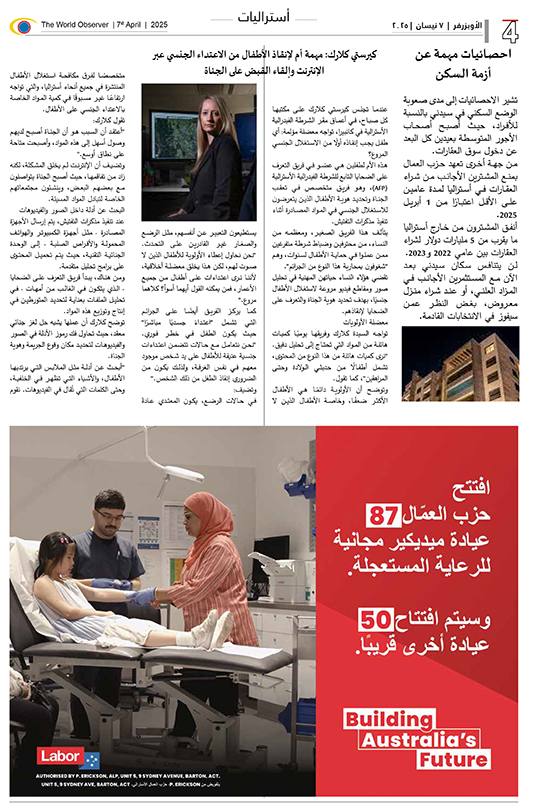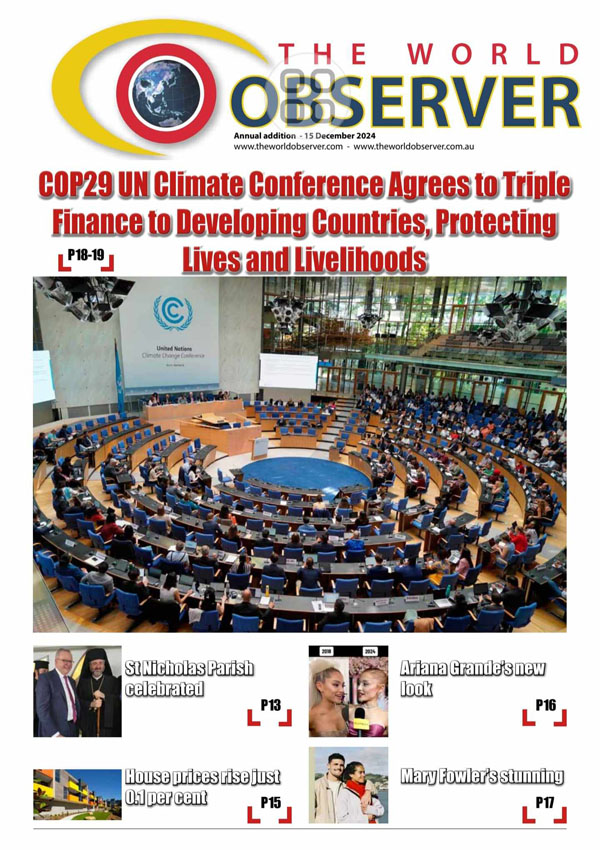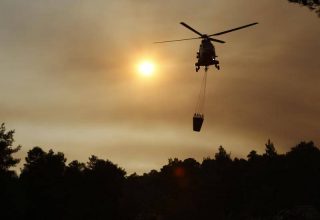
The United States led the global race to develop a viable vaccine against COVID-19.
But a year after the first shots received emergency approval from federal regulators, new variants of the virus are changing the game.
Omicron, the wildcard variant already detected in multiple US states and more than 30 countries, including Australia, is the latest to emerge.
With its dastardly combination of mutations, scientists fear it may spread quickly and sidestep vaccines.
A small study out of South Africa suggests the Pfizer vaccine provides only partial protection from Omicron, but boosters might make up the difference.
Governments and companies worldwide are already moving to stop the variant wreaking havoc, with some floating the possibility of variant-specific booster shots.
Here’s what’s happening so far, and what it could mean for you.
The race to update vaccines
One of the biggest questions facing scientists as they scramble to learn more about the Omicron variant is how existing COVID-19 vaccines will perform against it.
“There are three main characteristics that we worry about with viruses like Omicron,” said Dr Celine Gounder, an epidemiologist from the NYU Grossman School of Medicine.
“First of all, is it more infectious or contagious?
“Number two, is it more virulent or less virulent? In other words, does it cause less-severe disease in individuals who are infected?
“And, number three, is it immune-evading? And this is one characteristic of Omicron that is concerning.”
The new variant has around 50 mutations — more than double its predecessor, Delta — including many on its spike, the viral protein that vaccines or illness train the body’s immune system to fight with antibodies.
Even so, Dr Gounder is optimistic current vaccines will continue to provide some level of protection, especially with the addition of booster shots.
“We suspect there may be some reduction in vaccine effectiveness but that people will still remain well protected against severe disease, hospitalisation and death, even with an Omicron infection,” she said.
While scientists assess the threat of the new variant, vaccine manufacturers are looking at whether their products may need to be modified.
What are vaccine manufacturers doing?
The makers of US-approved vaccines Pfizer-BioNTech, Moderna and Johnson & Johnson, as well as AstraZeneca — which is widely used in Europe and Australia — have all begun to study Omicron.
“[We] believe that fully vaccinated individuals will still have a high level of protection against severe disease caused by Omicron,” said a spokesperson for BioNTech, which developed its shot with Pfizer.
“We anticipate that booster vaccination will further increase protection against severe disease and potentially provide protection against disease of any severity.”
In the case of an “escape variant” — a dominant strain of the virus that evades the immunity given by vaccines or previous infections — BioNTech and Pfizer say they can adapt their mRNA vaccine within six weeks and start shipping doses within 100 days.
Similarly, Moderna is developing an Omicron-specific booster version of its mRNA vaccine that could be ready for clinical testing in 60 to 90 days.
“From the beginning, we have said that, as we seek to defeat the pandemic, it is imperative that we are proactive as the virus evolves,” Moderna chief executive Stephane Bancel said in a statement.
The company is also studying two “multivalent” boosters, which are designed to target common mutations seen across multiple variants. Those results are expected in coming weeks.
As well, Johnson & Johnson is pursuing an Omicron-specific version of its one-shot vaccine that, it says, will be progressed as needed.
“We will not be complacent,” the company’s global head of research and development, Dr Mathai Mammen, said in a statement.
How soon could Omicron boosters be available?
If modified vaccines prove necessary, the White House believes it could make them widely available within a few months.
That includes the time needed to develop and manufacture the doses, as well as obtaining necessary federal approvals.
“We are planning in that scenario not only for supporting the manufacturers through that process if needed, but also for how would we rapidly get shots in arms,” White House coronavirus response coordinator Jeff Zients told a recent briefing.
“And we know how to do that, given the experience we’ve had the last year, and that is lessons learned about how we deployed the federal pharmacy programs, set up mass-vaccination sites, go to community health centres and rural clinics.”
Australia would still need to make its own decisions on whether to approve new booster shots and how to distribute them.
There are currently no changes to the national guidance in response to Omicron.
Boosters, Delta and the long winter ahead
In the US, Delta remains the dominant strain of COVID-19 and is leading a surge of cases going into winter.
The main things people can do to protect themselves — regardless of variants — are to get vaccinated, and wear masks indoors and in public places, according to Dr Gounder.
In countries where the option is available, she also recommends bolstering immunity with booster shots, particularly for the elderly and immunocompromised.
“What we’ve seen with prior immune-evading variants, like the Beta variant, is you could overcome that relative immune evasion by giving a booster dose of the currently available vaccines,” she said.
“With respect to how quickly [or] how often new variants emerge, that is — to some degree — in our control.
“As long as we allow the virus to spread from person to person, every time it spreads from one person to another, it replicates and it has the opportunity to mutate.”
Since the first cases of Omicron were reported in Botswana and South Africa last month, President Joe Biden has announced a new national strategy to deal with it.
The plan includes encouraging all adults to get vaccine or booster shots as soon as possible, increasing access to at-home rapid tests, and more stringent testing for international travellers.
“We’re going to fight this variant with science and speed, not chaos and confusion,” he said.






































 The World Observer Media produces a daily online newspaper, a daily Arabic online newspaper and a monthly printed Arabic/English magazine and a weekly printed Arabic/English newspaper.
The World Observer Media’s mission is to entertain and educate all generation from the Ethnic Communities in Australia, who are interested in local, national and foreign information.
The World Observer Media produces a daily online newspaper, a daily Arabic online newspaper and a monthly printed Arabic/English magazine and a weekly printed Arabic/English newspaper.
The World Observer Media’s mission is to entertain and educate all generation from the Ethnic Communities in Australia, who are interested in local, national and foreign information. 


